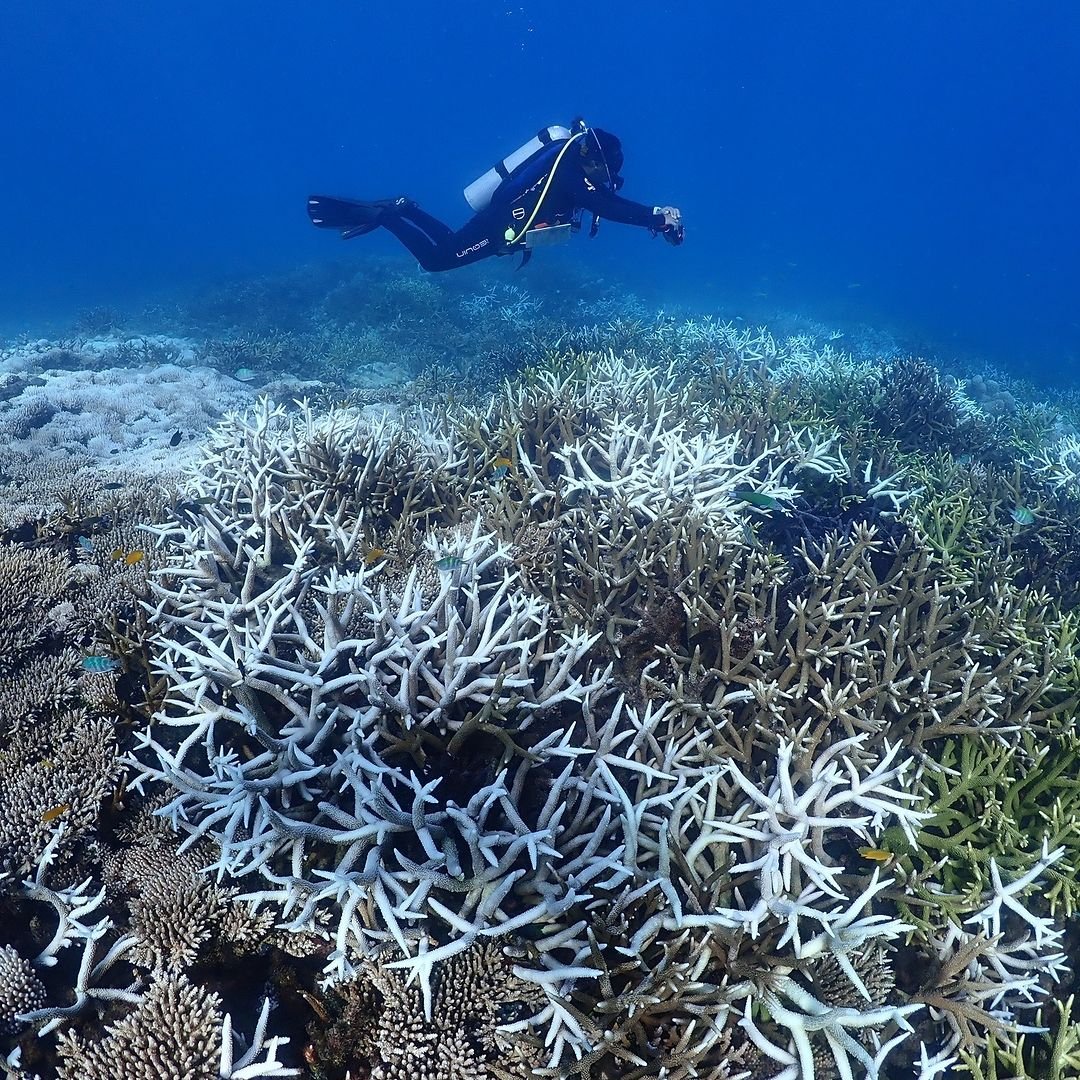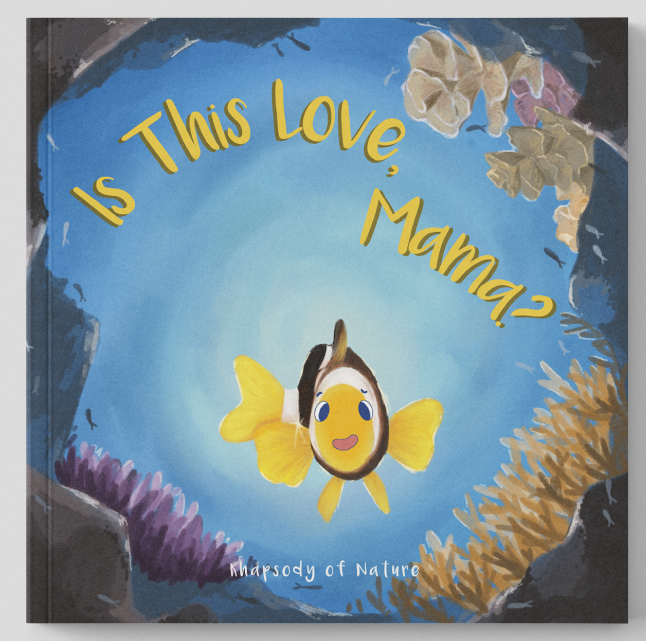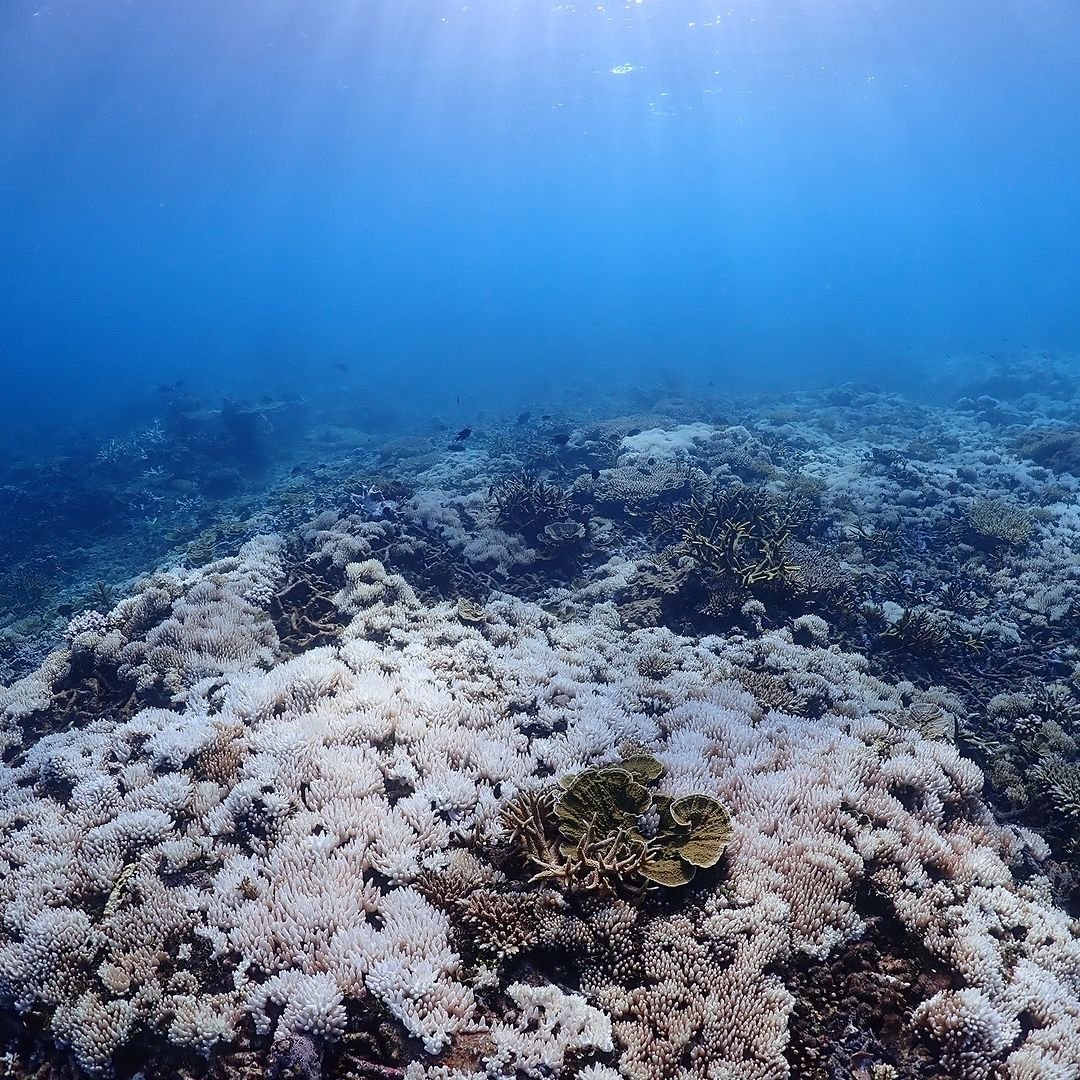Understanding Coral Bleaching
The Urgent Call to Protect Our Reefs
Explore the causes and consequences of coral bleaching and learn how you can contribute to conservation efforts.
What is Coral Bleaching?
Coral bleaching is a distress signal from our oceans, indicating that corals are under severe stress due to environmental changes. This phenomenon occurs when corals expel the symbiotic algae living in their tissues, causing them to turn white. The loss of these algae, which provide essential nutrients and vibrant colors, threatens the survival of coral reefs, which are crucial to marine biodiversity.
Causes of Coral Bleaching
Climate Change
Rising ocean temperatures due to climate change are the primary driver of coral bleaching, disrupting the delicate balance of marine ecosystems.
Pollution
Runoff from land, carrying pollutants and sediments, can smother corals and exacerbate bleaching events, especially near coastlines.
Environmental Stressors
Factors such as overexposure to sunlight and extreme low tides can further stress corals, leading to widespread bleaching.
Impact on Marine Ecosystems
The Urgency of Coral Conservation
Coral bleaching poses a significant threat to marine ecosystems, disrupting the delicate balance of ocean life. As corals lose their vibrant colors, the marine species that depend on them for food and shelter face survival challenges. This phenomenon not only affects biodiversity but also impacts local economies reliant on tourism and fishing. The urgency for conservation efforts has never been greater, as protecting coral reefs is crucial for maintaining the health of our oceans and the communities that depend on them.
Recovery Potential of Bleached Corals
Bleached corals are not necessarily dead; they have lost their symbiotic algae, zooxanthellae, which provide them with nutrients and color. Given favorable conditions, corals can recover by regaining their zooxanthellae over time. However, prolonged stress from environmental changes can lead to coral mortality. The resilience of corals depends on the severity and duration of bleaching events, making it essential to mitigate stressors and support recovery efforts to ensure the survival of these vital marine organisms.

How You Can Help Protect Coral Reefs
Practice Responsible Snorkeling and Diving
Avoid touching or stepping on corals to prevent physical damage and stress.
Dispose of Waste Properly
Ensure trash is disposed of responsibly to prevent it from entering the ocean and harming marine life.
Avoid Collecting Marine Life
Refrain from collecting shells or corals, whether dead or alive, to preserve natural habitats.
Support Reef-Friendly Products
Choose sunscreens and other products that do not contain harmful chemicals to marine life.
Participate in Local Conservation Efforts
Join community initiatives aimed at protecting and restoring coral reefs.
Educate Others About Coral Conservation
Raise awareness about the importance of coral reefs and the threats they face.
Reduce Carbon Footprint
Take steps to lower your carbon emissions, contributing to climate change mitigation.
Advocate for Policy Change
Support policies and legislation that aim to protect marine environments and combat climate change.

Is This Love, Mama?
‘Kasih the clownfish’ adventure begins on a reef in Malaysia, which was heavily impacted by the 2024 coral bleaching event. On his quest to discover what love is, he meets many wonderful reef creatures and the humans working tirelessly to protect them.
Join the Fight Against Coral Bleaching
Help us protect our precious marine ecosystems by getting involved in conservation efforts. Your support can make a significant difference in preserving the vibrant life of our coral reefs. Together, we can ensure a healthier ocean for future generations.

